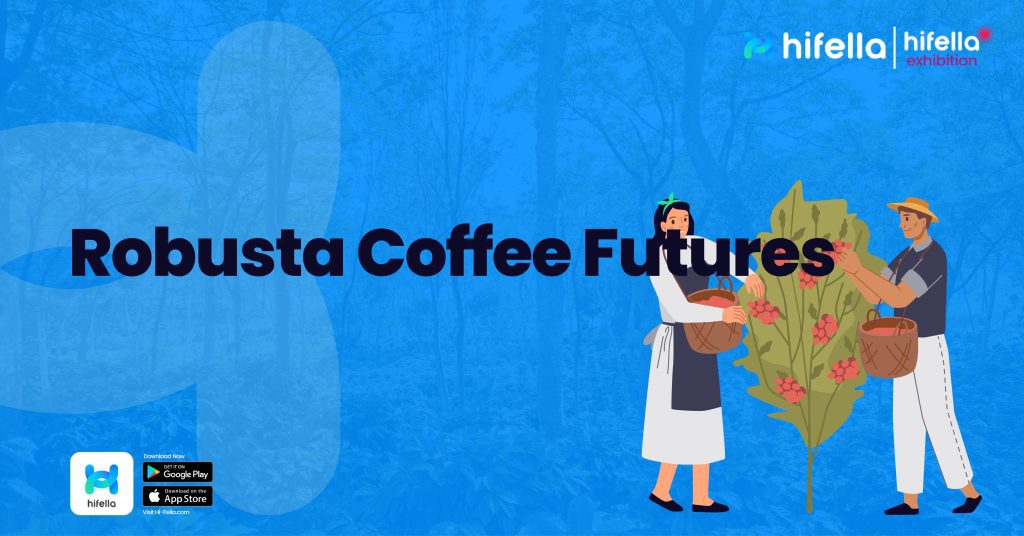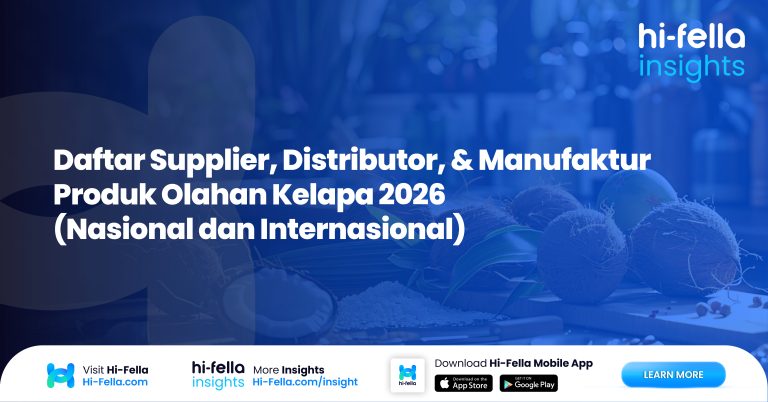Robusta coffee futures are an important part of the global coffee market, offering unique opportunities for traders and investors. Known for its strong taste and high caffeine content, Robusta coffee is a popular choice in many blends.
Recently, there’s been a growing demand for Robusta coffee, especially during the COVID-19 pandemic when more people started making coffee at home. Instant coffee, which often uses Robusta, saw a 30% increase in global sales in 2020 alone.
Climate change has made coffee production more unpredictable. For example, in 2023, unusual weather patterns in Vietnam led to lower yields, causing Robusta futures prices to spike by over 15% in just a few months.
In this article, we’ll explore the key trends affecting Robusta coffee futures and share some practical tips for those looking to invest. Whether you’re new to trading or have experience, understanding these basics can help you make better decisions.
What are Robusta Coffee Futures?

Source: Inaexport
Robusta coffee futures are standardized contracts for the future delivery of Robusta coffee at a predetermined price. These contracts are traded on commodity exchanges, allowing traders and investors to speculate on the future price of Robusta coffee.
The main exchanges where Robusta coffee futures are traded include ICE Futures Europe and the Tokyo Grain Exchange.
Robusta coffee is one of the two main types of coffee beans, the other being Arabica. Robusta is generally less expensive, more bitter, and contains higher caffeine levels compared to Arabica, making it a popular choice for instant coffee and espresso blends.
How to Trade Robusta Coffee Futures
Trading Robusta coffee futures involves buying or selling contracts on a commodities exchange. Here’s a step-by-step guide:
1. Understand the Contract Specifications
Each futures contract specifies the quantity of coffee, the quality, and the delivery date. For Robusta coffee, the standard contract size is 10 metric tons.
2. Choose a Trading Platform
You need access to a commodities trading platform that offers Robusta coffee futures. Ensure that the platform provides real-time data and analysis tools.
3. Analyze Market Conditions
Use technical and fundamental analysis to assess market trends, weather conditions in coffee-growing regions, and geopolitical events that might affect supply and demand.
4. Place Your Trade
Decide whether to go long (buy) or short (sell) based on your market analysis. Set your entry and exit points, and always use stop-loss orders to manage risk.
5. Monitor and Adjust
Continuously monitor your positions and adjust your strategy as market conditions change.
Key Factors Affecting the Price of Robusta Coffee Futures
Several factors can influence the price of Robusta coffee futures, including:
1. Weather Conditions
Adverse weather in key coffee-growing regions like Vietnam and Brazil can significantly impact crop yields and prices.
In 2023, severe drought in Vietnam, the top Robusta producer, drastically cut coffee production. With less supply available, Robusta futures prices jumped by 20% in just a few months.
2. Global Demand
Changes in global coffee consumption patterns, especially in emerging markets, can drive demand for Robusta coffee.
During the COVID-19 pandemic, more people started drinking instant coffee at home. Since Robusta is key in instant coffee, demand surged, leading to a 15% increase in futures prices.
3. Currency Fluctuations
Since coffee is traded globally, fluctuations in currency exchange rates can affect the price of Robusta coffee futures.
In 2022, the Brazilian real weakened against the US dollar, making Brazilian coffee cheaper globally. Initially, Robusta futures prices dropped, but supply tightened as farmers held back, causing prices to rise again.
4. Economic Indicators
Inflation, interest rates, and other macroeconomic indicators can influence investor sentiment and, subsequently, coffee prices.
In 2023, rising global inflation increased costs for coffee producers, leading them to raise prices. At the same time, higher interest rates made trading more expensive, causing more volatility in Robusta futures.
5. Supply Chain Disruptions
Issues like transportation strikes, political instability, or pandemics can disrupt the supply chain and impact prices.
The COVID-19 pandemic caused major shipping delays worldwide, disrupting coffee supply chains. With fewer shipments, Robusta futures prices spiked due to the uncertainty and reduced availability.
Market Trends and Forecasts for Robusta Coffee
The market for Robusta coffee futures has been influenced by several trends:
1. Increased Consumption in Emerging Markets
What’s Happening: Countries like China and India are drinking more coffee, especially instant coffee, which uses a lot of Robusta beans.
Impact:
- Higher Demand: Coffee is becoming more popular in these countries, pushing up the demand for Robusta.
- Rising Prices: As demand grows, so do Robusta futures prices.
Example: In 2021, China’s growing coffee culture contributed to a 10% increase in Robusta prices.
2. Sustainability and Ethical Sourcing
What’s Happening: More people want their coffee to be sustainably sourced and ethically produced.
Impact:
- Higher Costs: Sustainable farming practices can be more expensive, leading to higher prices.
- Premium Pricing: Robusta coffee that’s certified as sustainable might sell for more.
Example: In 2022, ethically sourced Robusta saw a 5% price premium due to rising demand.
3. Technological Advancements
What’s Happening: New farming technologies are helping coffee farmers grow more beans with fewer resources.
Impact:
- Better Yields: Improved technology means more coffee beans are being produced, which could help keep prices stable.
- Cost Efficiency: Farming is becoming more efficient, potentially lowering production costs.
Example: New irrigation systems in Vietnam have helped increase Robusta yields, stabilizing prices even as demand grows.
Risks and Opportunities in Trading Robusta Coffee Futures
Risks:
- Price Volatility
Robusta coffee prices can be highly volatile, influenced by unpredictable factors such as weather and political events.
- Leverage Risk
Trading futures involves leverage, which can amplify both gains and losses.
- Market Liquidity
Low liquidity in the futures market can lead to larger spreads and potential slippage.
Opportunities:
- Hedging
Coffee producers can use futures contracts to hedge against price fluctuations, ensuring stable income.
- Arbitrage
Experienced traders can exploit price discrepancies between different exchanges or between the futures and spot markets.
Differences Between Robusta and Arabica Coffee Futures

Source: Coffee Spirit by MaxiCoffee
While both Robusta and Arabica coffee futures are traded on major exchanges, they have key differences:
1. Price
Arabica coffee is generally more expensive due to its higher quality and demand in specialty coffee markets.
2. Flavor Profile
Robusta has a more bitter and earthy flavor, while Arabica is known for its sweeter, fruitier notes.
3. Caffeine Content
Robusta beans have almost twice the caffeine content of Arabica, making them more suitable for strong, bold coffee blends.
Investment Strategies for Robusta Coffee Futures
Here are some strategies for trading Robusta coffee futures:
1. Trend Following
This strategy involves identifying and following long-term market trends, buying when prices are rising, and selling when they start to fall.
2. Range Trading
Traders buy at support levels and sell at resistance levels within a defined price range.
3. Seasonal Trading
Certain times of the year are historically more favorable for coffee prices due to harvest cycles, which can be exploited for profit.
4. Hedging
Investors with exposure to coffee, such as coffee producers or retailers, can hedge their risks by taking opposite positions in the futures market.
Ready to dive into the world of Robusta coffee futures? Find your Robusta coffee suppliers and buyers at Hi-Fella!








